Nepal Imposes Curfew After Gen Z Protests Against Social Media Blackout
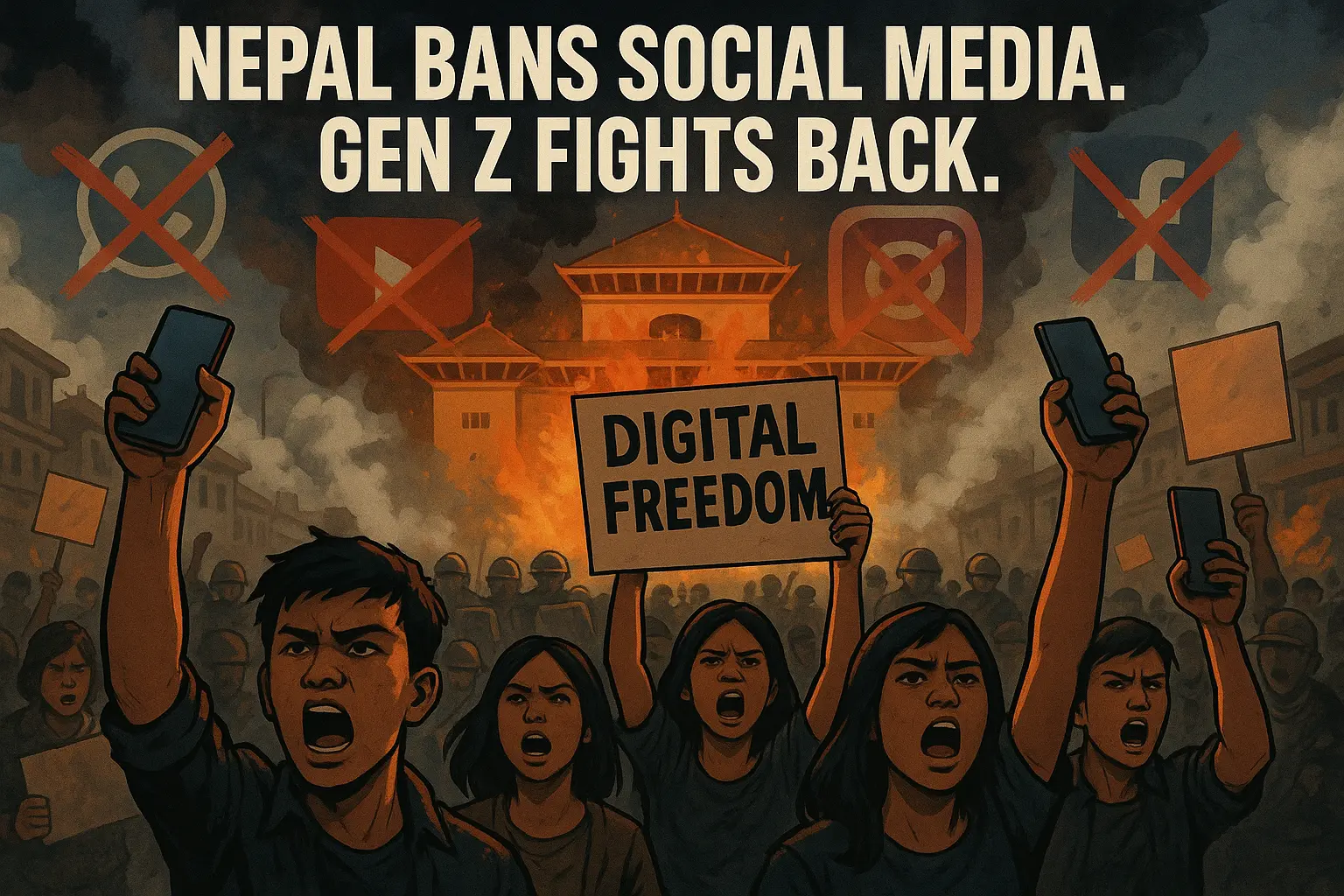
Imagine waking up tomorrow and finding WhatsApp, YouTube, Instagram, and Facebook all gone. No chats with friends, no quick news updates, no YouTube tutorials. This is exactly what millions in Nepal experienced when their government banned nearly every major social media platform overnight. For Gen Z — a generation raised on smartphones and digital life — this felt like losing oxygen.
Within days, frustration turned into massive protests, forcing the government to impose curfews, deploy the army, and even issue shoot-at-sight orders. What began as a policy decision has now escalated into one of Nepal’s biggest democratic crises in recent years.
Why Did Nepal Ban Social Media?
The Nepali government blocked 26 global platforms, including Facebook, Instagram, WhatsApp, YouTube, LinkedIn, and Twitter. Only apps like TikTok, Viber, and WeTalk remained accessible — because they were officially registered with the government.
Officials argued that foreign platforms must register locally so that the government could order content removals in cases of misinformation, hate speech, or fraud. The deadline was set for August 25. None of the companies complied. On September 4, the ban came into effect.
This was intended to pressure tech giants into complying with local rules. Instead, it sparked a public backlash.
How Gen Z Reacted
For young Nepalis, the sudden ban was unbearable. They rely on these platforms not just for entertainment but also for education, small businesses, freelancing, and staying in touch with family abroad.
- Students said they felt “cut off from the world.”
- Entrepreneurs lost income streams overnight.
- Influencers and creators saw their digital platforms vanish.
By September 8, frustration boiled over. Thousands of young protesters — armed with placards and slogans like “Shut down corruption, not social media” — marched toward the Parliament building. Parts of the complex were set ablaze.
Government Crackdown
The government responded harshly:
- Curfew declared in central Kathmandu.
- Shoot-at-sight orders issued for violent protesters.
- Army deployed around the PM and the President’s residences.
- Tear gas, rubber bullets, and water cannons were used against crowds.
Reports on casualties vary: some say 5 killed, others 8–9, with at least 40 injured. The situation remains tense, with fear and anger spreading nationwide.
Criticism From Inside and Outside Nepal
The backlash hasn’t just come from the streets.
- Nepal’s Human Rights Commission called the ban unconstitutional.
- Journalist groups argued that it restricts press freedom.
- Civil society activists called it authoritarian overreach.
- International watchdogs like the Committee to Protect Journalists condemned it as a dangerous precedent.
Globally, the move is raising alarms that Nepal’s fragile democracy is backsliding toward authoritarianism.
Political Consequences
Nepal’s politics are notoriously unstable. While PM K.P. Sharma Oli’s party currently leads a two-thirds majority coalition, alliances often shift quickly. The opposition — Nepali Congress and Maoist Centre — may seize this crisis to challenge the government.
If protests continue, this ban could destabilise Oli’s government, potentially leading to new alliances or even a collapse of the ruling coalition.
Economic and Social Impact
The timing of the ban is disastrous. Nepal’s economy is already weak, heavily dependent on remittances and tourism. The social media blackout:
- Hurts small businesses that sell online.
- Blocks content creators who depend on digital platforms.
- Disconnects families from relatives abroad.
- Damages Nepal’s image globally, risking investment and tourism.
For many, this isn’t just about censorship — it’s about livelihoods.
What Happens Next?
There are three possible outcomes:
- Tech Companies Compromise – If giants like Meta and Google agree to register locally, the ban could be lifted.
- Judicial Reversal – Nepal’s Supreme Court may strike down the ban as unconstitutional.
- Government Doubles Down – If the ban stays, protests could escalate into a deeper political crisis.
At this point, scenario three looks the most dangerous — but also the most likely if neither side backs down.
Conclusion
Nepal’s social media ban has triggered a crisis far larger than its leaders imagined. What started as a policy to regulate platforms has now ignited protests, violence, and international criticism.
For Nepal’s Gen Z, this is not just about apps — it’s about their right to be heard, to connect, and to build futures in a digital world. The government now faces a choice: backtrack and restore trust, or double down and risk plunging the country into deeper unrest.
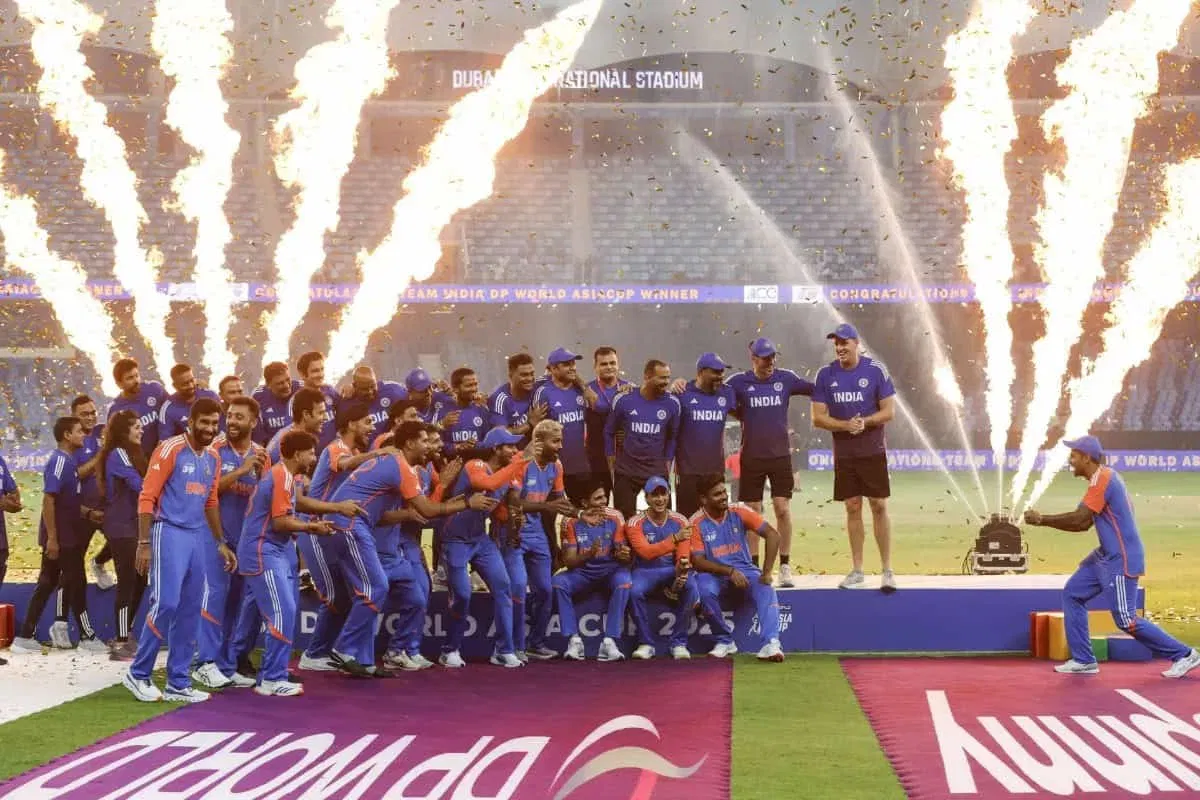
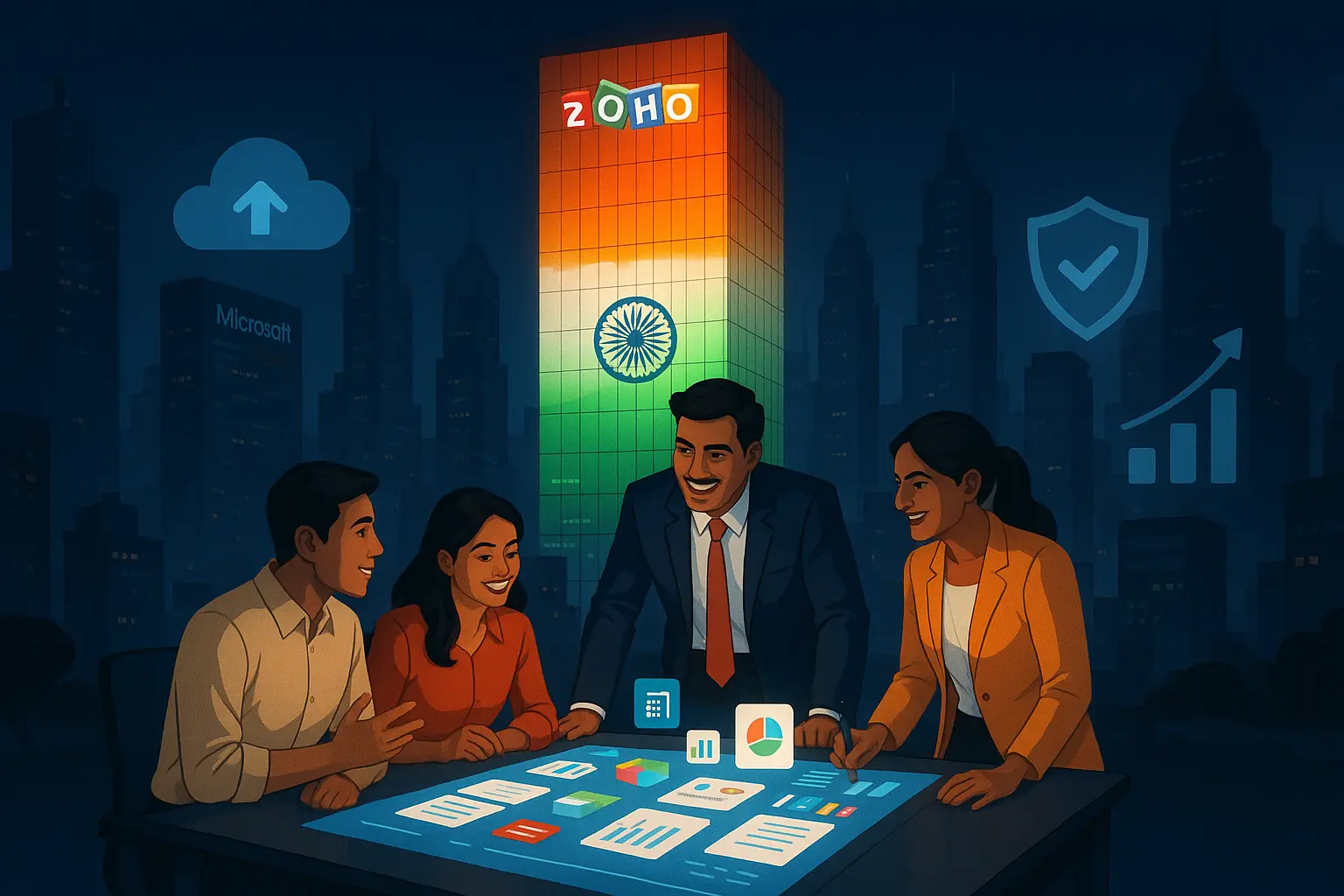
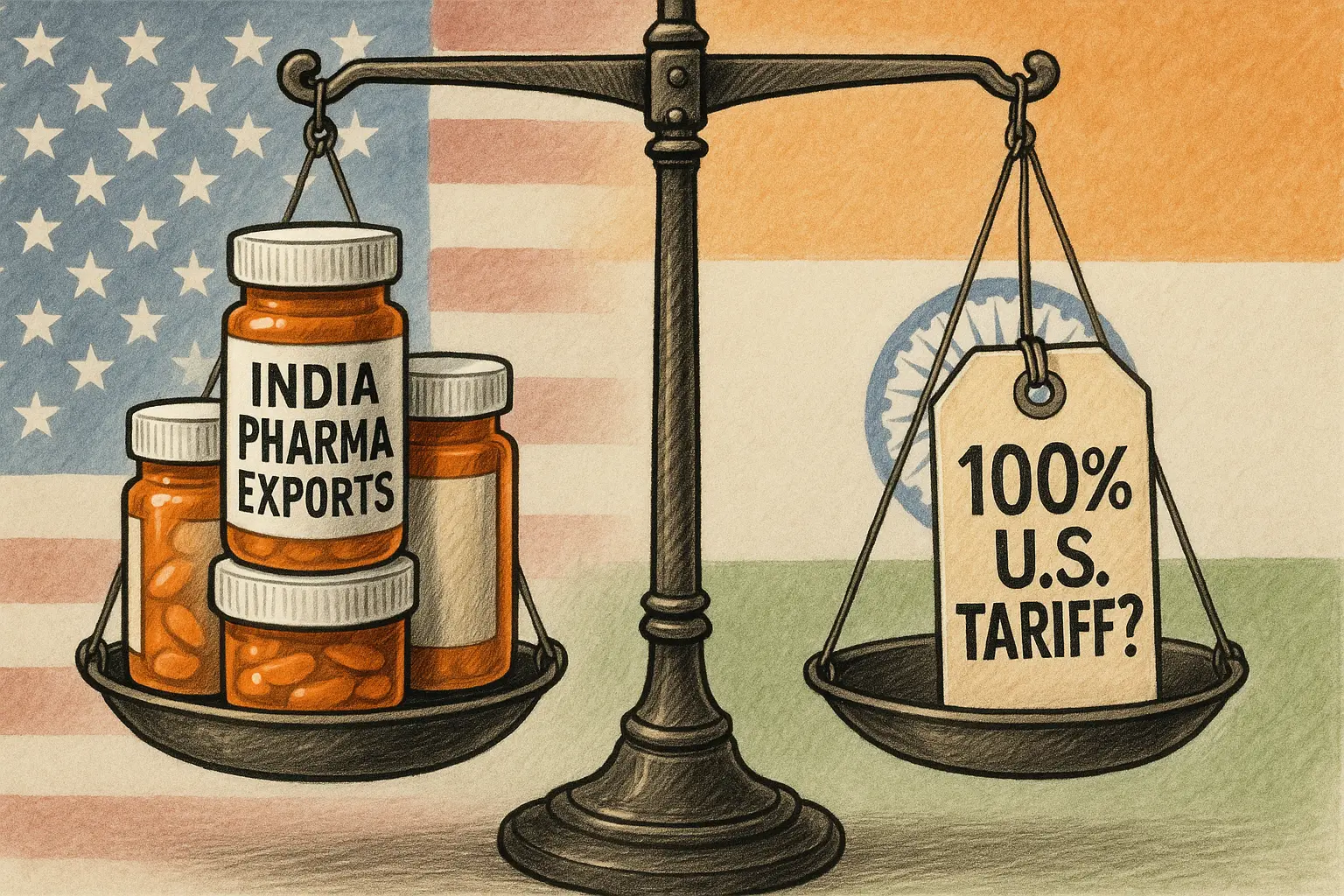
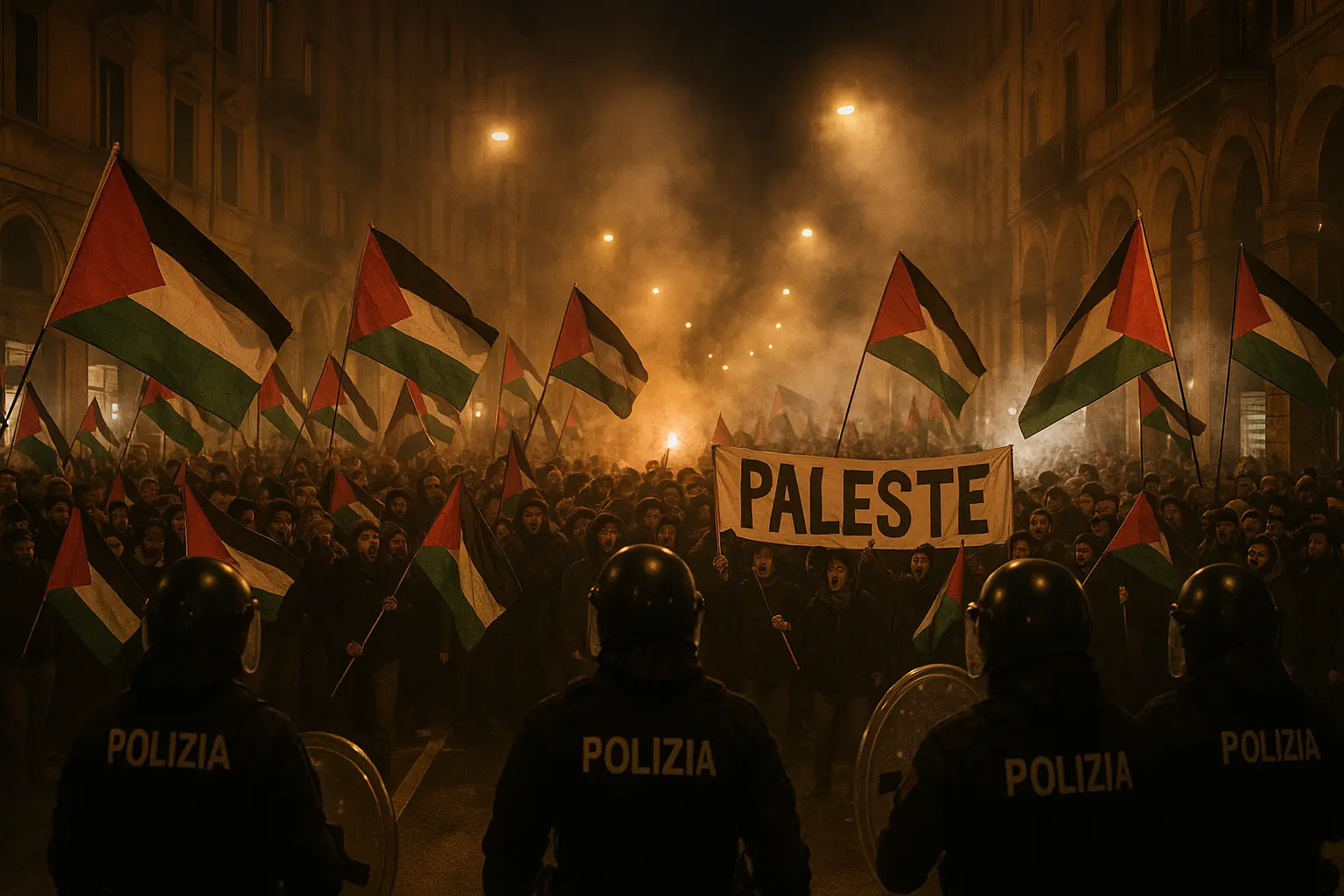
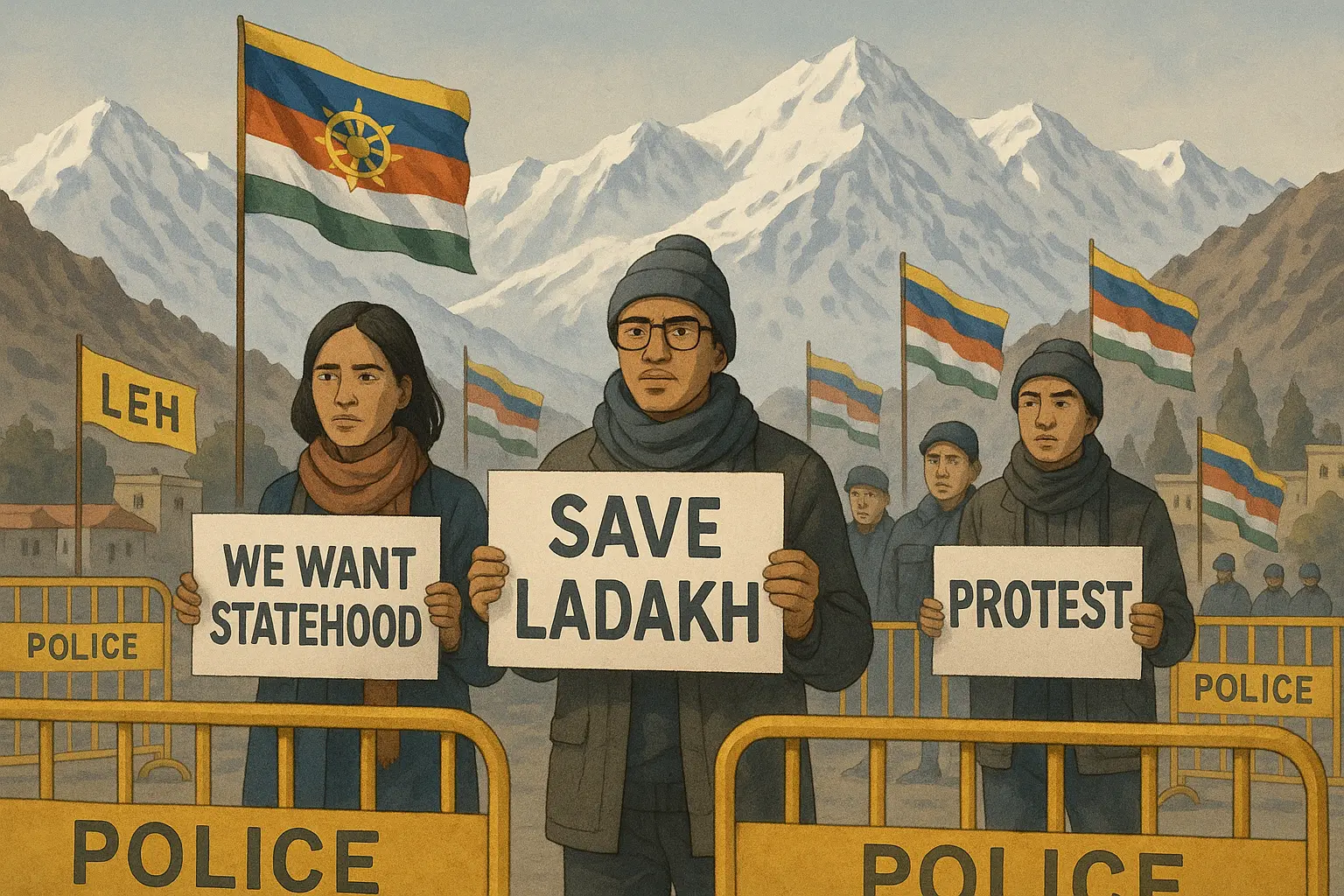
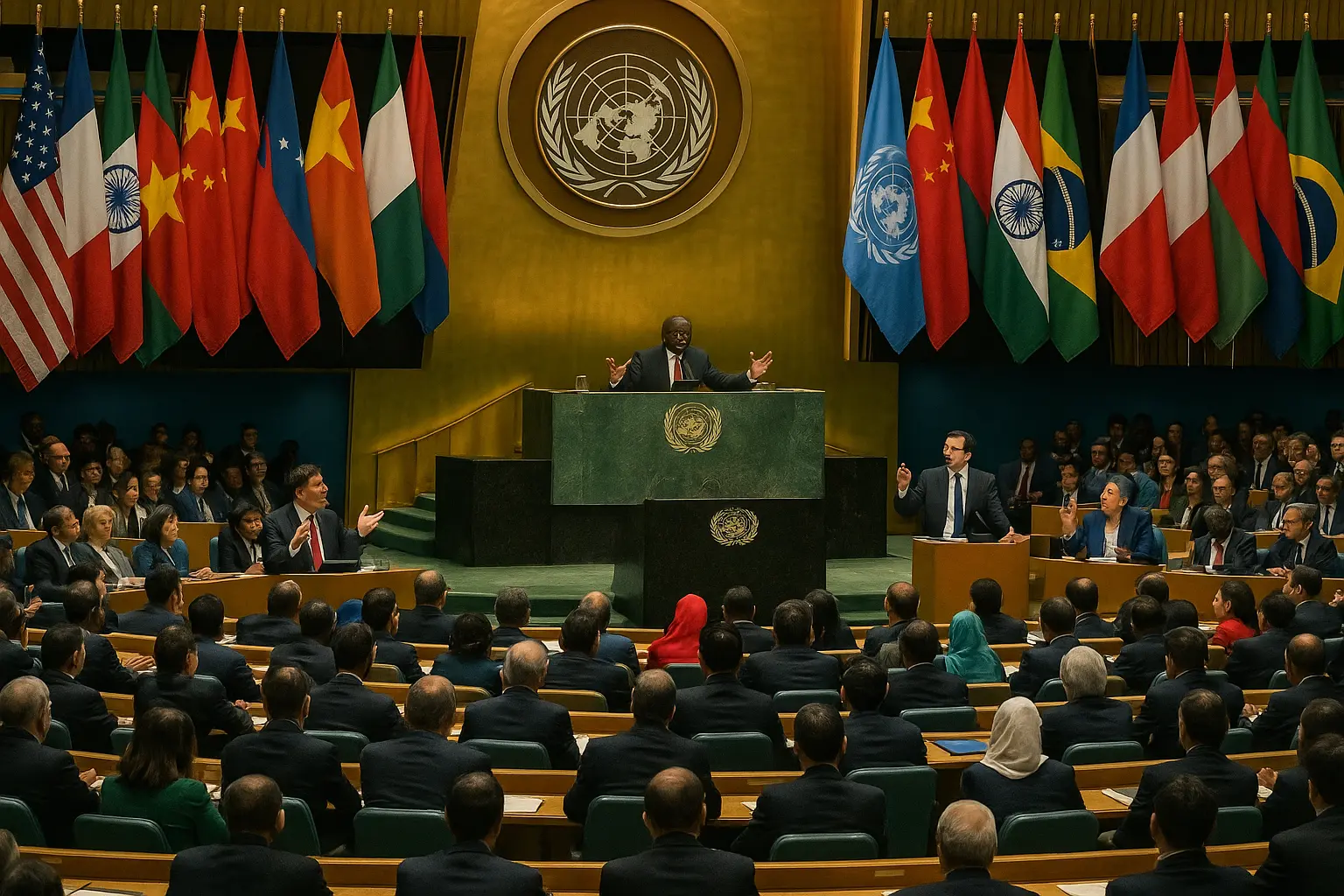
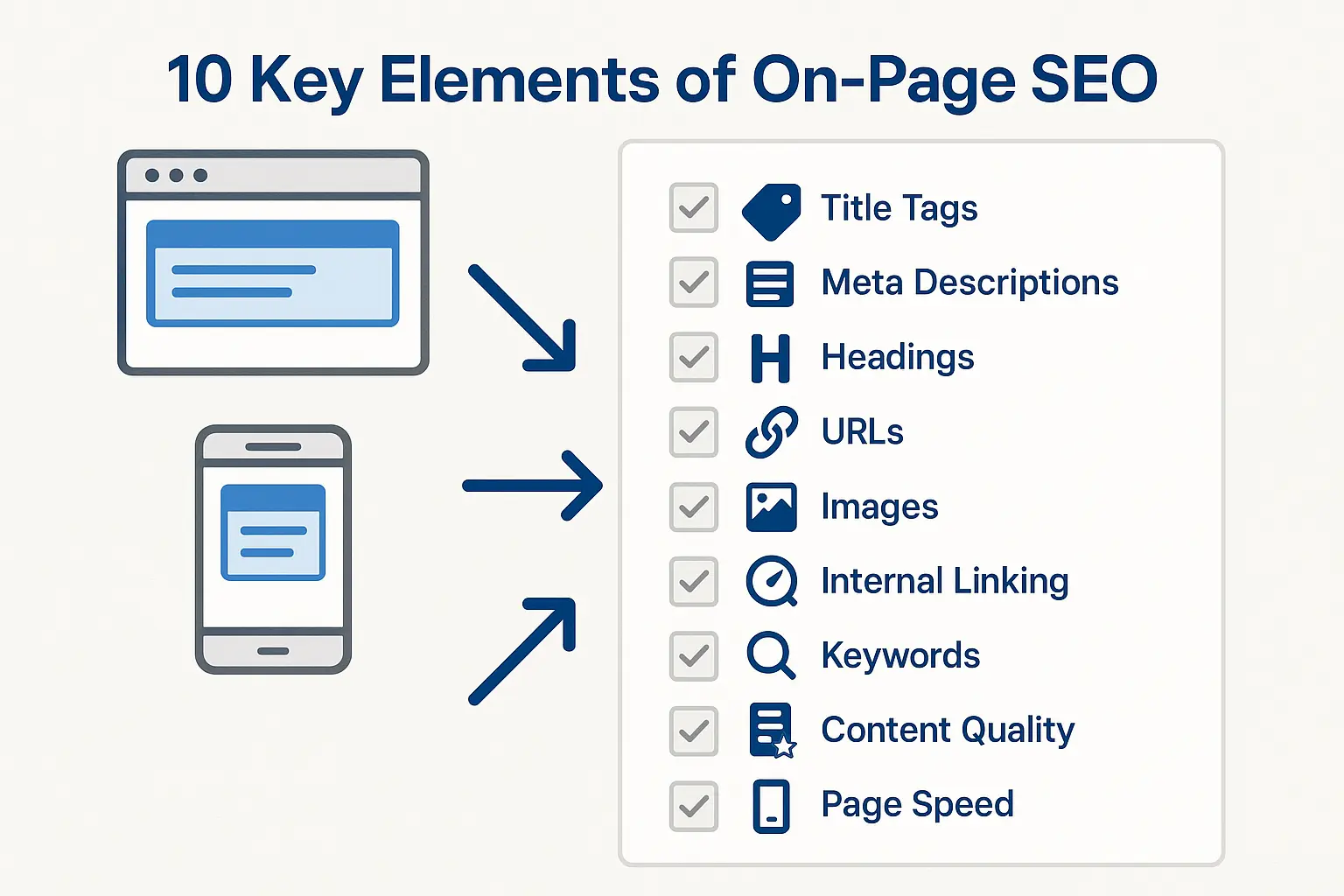
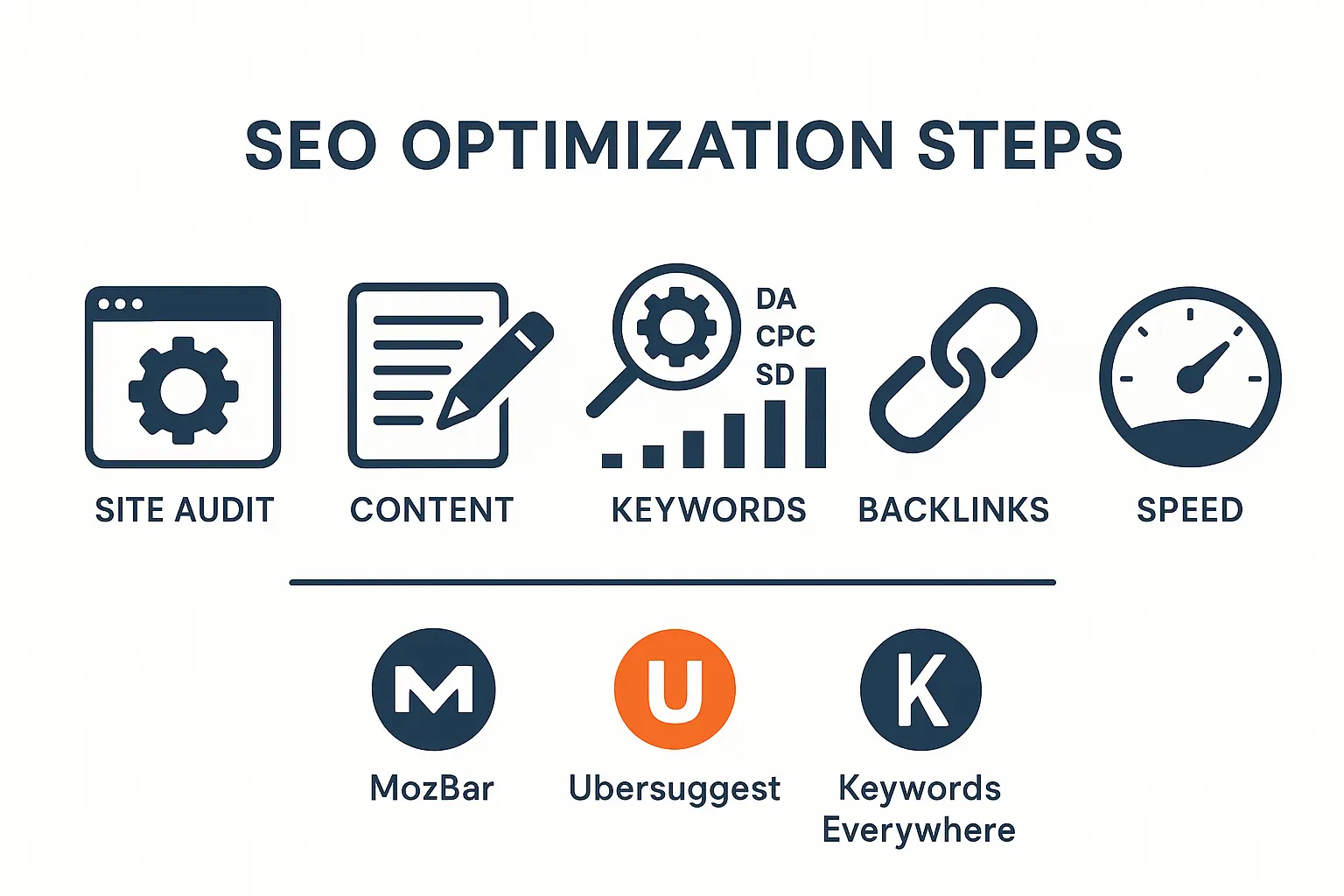

No comments yet. Be the first to comment!